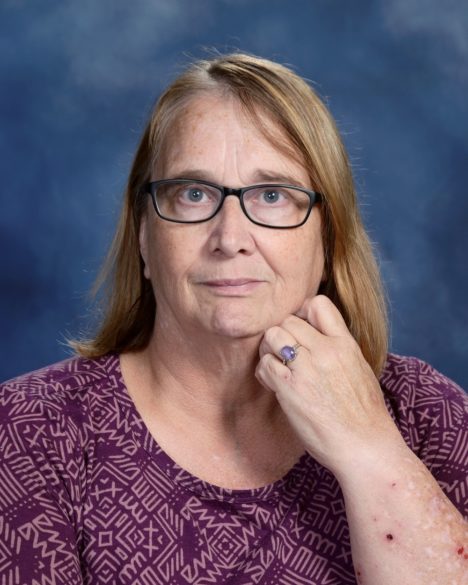Things Old and New
By Ruth Powers
The Feast of Our Lady of Mount Carmel is coming up on July 16, so it is appropriate at this time to learn about a popular sacramental used by Catholics that has its origin in the Carmelite order. Many people are at least somewhat familiar with the brown scapular, and may even wear one regularly, without realizing what it means and what responsibilities the brown scapular places on the wearer.

The brown scapular of Our Lady of Mount Carmel traces its origin to an English Carmelite friar, St. Simon Stock, who lived about 250 years ago. It symbolizes the garment of the Blessed Virgin and represents in a very small scale the brown and cream habits of the friars, nuns and sisters of these orders. On a larger scale the scapular is the habit of the Secular Carmelites in both congregations. This scapular places the wearer under the protection of Mary in a special way.
Many people who are not associated formally with the Carmelite orders also wear the brown scapular as a sign of their devotion to Our Lady of Mount Carmel, but in so doing share not only in the resulting graces but also in the responsibilities which those graces confer. Because it incurs spiritual responsibilities, an individual should be invested with the brown scapular by a priest or other authorized person. Thereafter, either the brown scapular or the scapular medal may be worn.
The official manual of the Carmelite orders on the catechesis of the brown scapular provides the following description of Carmelite spirituality:
- Frequent participation at Mass and reception of Holy Communion;
- Frequent reading of and meditation on the Word of God in sacred Scripture;
- The regular praying of at least part of the Liturgy of the Hours;
- Imitation of and devotion to Mary, the woman of faith who hears the word of God and puts it into practice;
- The practice of the virtues, notable charity, chastity (according to one’s state in life), and obedience to the will of God.
Those who wear the brown scapular are expected to take part in these practices to the extent possible according to their state in life.
Since the brown scapular of Our Lady of Mount Carmel is a sacramental administered by the two Carmelite orders, a person who wears this scapular or medal is affiliated with the Carmelite community throughout the world, however loosely, and many find hope and consolation in the writings of the three Carmelite doctors: St. Teresa of Avila, St. John of the Cross and St. Therese of Lisieux.
The official manual of the brown scapular states the following:
The brown scapular is not:
- A magical charm to protect you;
- An automatic guarantee of salvation; or
- An excuse for not living up to the demands of the Christian life.
The brown scapular:
- Is a sign which has been approved by the church for over seven centuries (since the founding of the Carmelite orders);
- Stands for a decision to follow Jesus, like Mary;
a. Open to God and His will;
b. Guided by faith, hope and love;
c. Close to the needs of people;
d. Praying at all time; and
e. Discovering God present in all that happens around us.
Unfortunately, there is a great deal of misinformation in some Catholic circles regarding the brown scapular. Perhaps the most common misconception involves the “Sabbatine Privilege.” The so-called Sabbatine Privilege alleged that wearers of the brown scapular would receive early liberation from purgatory (on the first Saturday after death) through the special intercession of the Virgin Mary. This derived from a papal bull attributed to Pope John XXII, which has been known to be fraudulent since 1613, and the Carmelite order is prohibited from mentioning or supporting this “privilege.”
The brown scapular is a powerful sacramental gift to us, but one which must be understood and used properly in order to gain the graces it promises. As the Feast of Our Lady of Mount Carmel approaches, give some consideration to making this devotion part of your life.
A special thanks goes out to Elizabeth Boggess, a member of the Secular Carmelite community in Natchez, for her invaluable help in preparing this column.
(Ruth Powers is the program coordinator for The Basilica of St. Mary in Natchez.)
